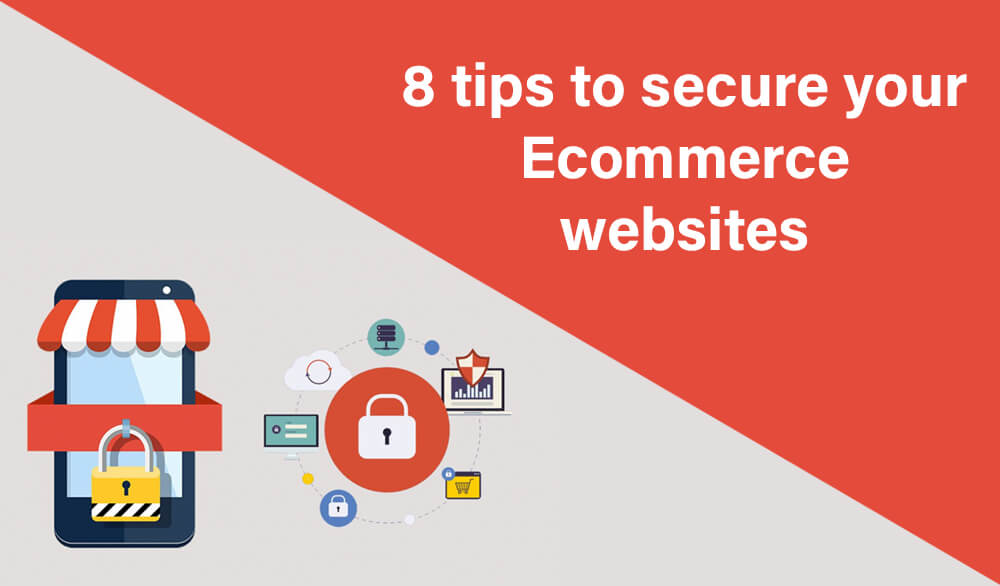In today’s digital landscape, e-commerce businesses face an ever-present threat: fraud. As online shopping continues to gain popularity, fraudsters are becoming more sophisticated in their methods, making it crucial for businesses to adopt proactive measures to protect themselves and their customers. To help navigate this challenging landscape, experts have shared some valuable tips to effectively manage e-commerce fraud and safeguard your business.
Stay Informed: Keep up-to-date with the latest fraud trends, tactics, and prevention strategies. Follow industry news, attend webinars, and engage with relevant forums and communities to stay informed about emerging threats and best practices.
Implement Robust Security Measures: Strengthen your website’s security by using secure socket layer (SSL) certificates, multi-factor authentication, and encryption technologies. Regularly update your software, plugins, and themes to address any vulnerabilities and minimize the risk of unauthorized access.
Conduct Thorough Background Checks: Prioritize background checks for employees who handle sensitive customer information or have access to financial systems. Implement internal controls and security protocols to prevent insider threats and unauthorized activities.
Utilize Fraud Detection Tools: Implement advanced fraud detection and prevention solutions. These tools can analyze customer behavior, transaction patterns, and other indicators to identify potential fraudulent activities in real-time.
Implement Strong Password Policies: Enforce strong password policies for customers and employees, requiring a combination of upper and lowercase letters, numbers, and special characters. Encourage regular password updates and provide guidance on creating secure passwords.
Monitor and Analyze Transactions: Regularly monitor and analyze your transactions for any suspicious patterns or anomalies. Look for indicators such as unusually large orders, multiple transactions from the same IP address, or frequent use of different payment methods.
Train Your Team: Educate your employees about common fraud schemes and the warning signs to look out for. Provide training on how to verify customer information, spot phishing attempts, and handle suspicious transactions effectively.
Use Address Verification and CVV Checks: Implement address verification systems (AVS) and card verification value (CVV) checks during the payment process. These security measures can help verify the authenticity of the cardholder and minimize the risk of fraudulent transactions.
Offer Secure Payment Options: Provide customers with secure payment options, such as trusted third-party payment gateways or digital wallets. These platforms often offer additional layers of security and buyer protection.
Establish a Clear Refund and Chargeback Policy: Clearly communicate your refund and chargeback policies to customers, ensuring transparency and clarity. Promptly address any customer concerns or disputes to maintain trust and minimize the risk of chargebacks.
By implementing these tips, e-commerce businesses can significantly reduce the risk of falling victim to fraud and protect their customers’ sensitive information. Remember, staying proactive and vigilant is key to maintaining a secure and trustworthy online presence.
By prioritizing fraud prevention measures, businesses can create a safe and secure environment for online transactions, build customer trust, and pave the way for long-term success in the e-commerce industry.










